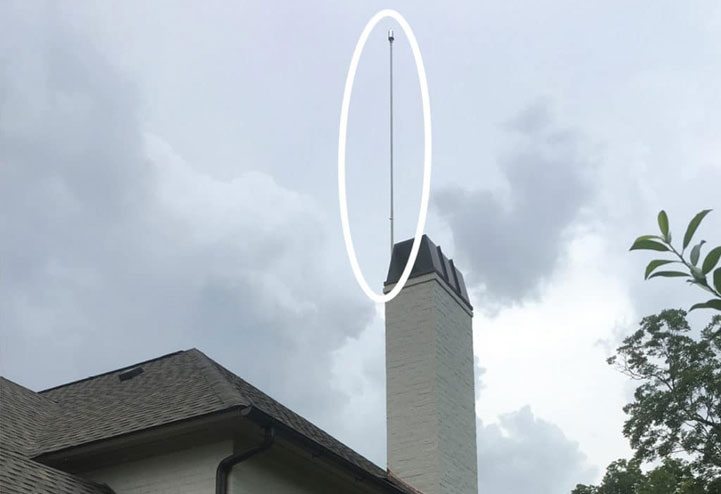
Protect your home against damage and fire caused by direct lightning strikes.
Elements of a lightning protection system
According to the EN/IEC 62305 standard, a lightning protection system consists of the following elements:
- Air-termination system
- Down conductor
- Earth-termination system
- Separation distances
- Lightning equipotential bonding
he function of a lightning protection system is to protect structures from fire or mechanical destruction and to prevent that persons in buildings are injured or even killed. An overall lightning protection system consists of external lightning protection (lightning protection/earthing) and internal lightning protection (surge protection).
Functions of an external lightning protection system
- Interception of direct lightning strikes via an air-termination system
- Safe discharge of lightning current to earth via a down-conductor system
- Distribution of the lightning current in the ground via an earth-termination system
Functions of an internal lightning protection system
- Prevention of dangerous sparking in the structure by establishing equipotential bonding or keeping a separation distance between the LPS components and other electrically conducting elements
Lightning equipotential bonding
Lightning equipotential bonding reduces the potential differences caused by lightning currents. This is achieved by interconnecting all isolated conducting parts of the installation by means of conductors or surge protective devices.
Substation switches
transforms or converts high voltage electricity from a generating station into lower voltages.
Fire Alarms
designed to alert us to an emergency so that we can take action to protect ourselves, staff and the general public.
